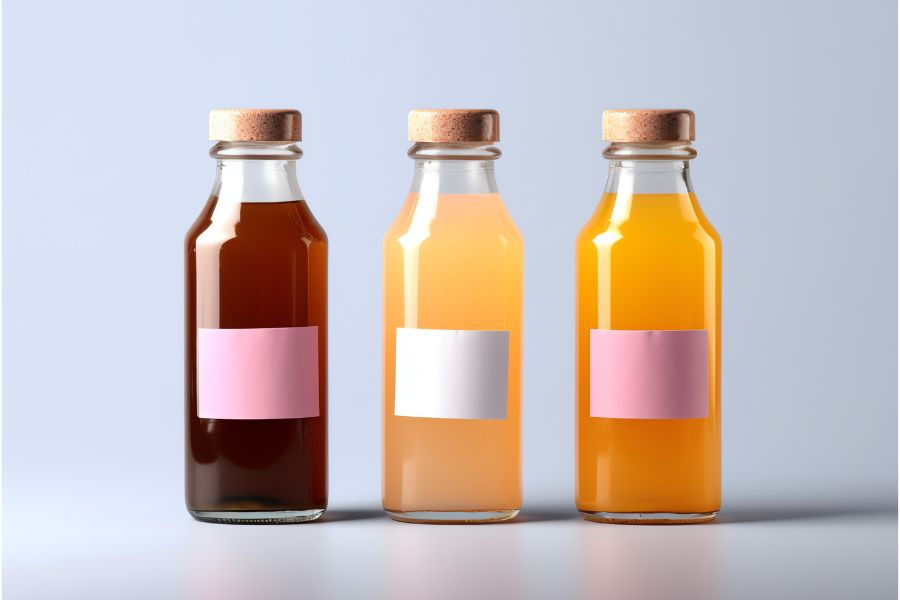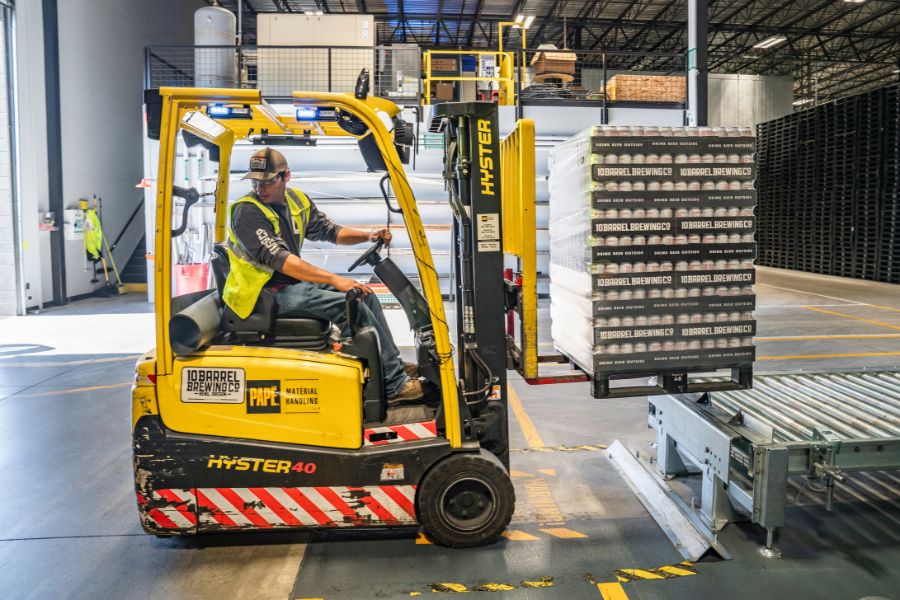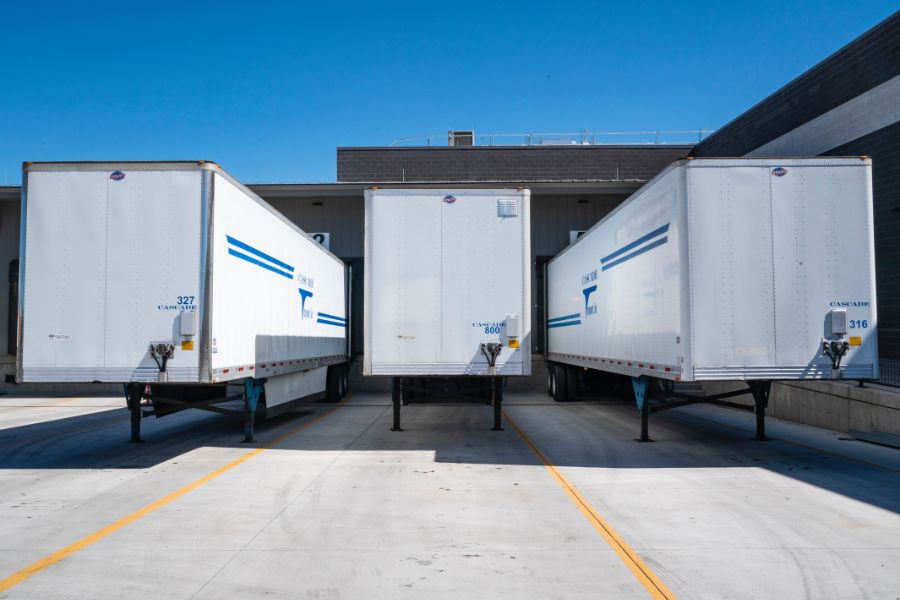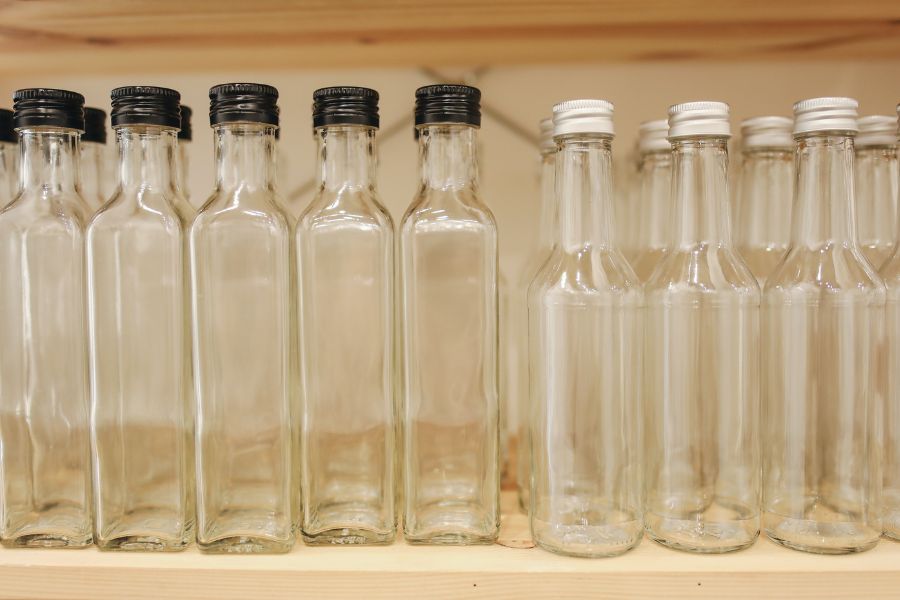Factors Impacting Wholesale Packaging Pricing

Ensuring cost-effectiveness in your business is a universal priority, regardless of your industry. This is especially apparent when you’re involved in both the retail and wholesale markets. Customized pricing strategies and approaches are necessary to guarantee favorable deals for your customers while safeguarding your profits.
The task of determining wholesale pricing can prove to be complex for many vendors. Retail pricing already involves several variables, and understanding the precise factors that affect your overall profit can be even more daunting. In this article, we aim to help you understand the factors that should be considered when shaping your wholesale pricing strategy so that you can position yourself competitively within your industry.
How is Wholesale Packaging Priced?
Wholesale packaging, or bulk packaging, is priced differently from its retail counterpart. In pricing for retail packaging, you need to justify the sale for each individual unit sold, which means that profit margins are higher for each sale and each unit of product is sold at a higher price. However, in pricing for wholesale packaging, items are sold in bulk rather than individually. Price breaks and volume discounts are built into the pricing strategy of wholesale orders and the unit cost is determined by the minimum order quantity (MOQ). Wholesale pricing delivers better deals for higher volume orders and it’s the easiest way to offer competitive pricing and still make a profit.
Wholesale customers understand that there are variable costs and their pricing will be determined by factors such as the number of units sold, delivery, shipping rates, and even the weight of the shipping box or pallet. As a wholesale customer, it’s important to keep in mind that pricing will fluctuate depending if you are purchasing small volumes by the case or larger volumes by pallets or containers. Retail customers most likely don’t meet the minimum order quantity requirements needed for wholesale pricing and therefore will have a harder time securing better deals.

Why is Wholesale Packaging Pricing Important for Organizations?
Retail pricing has a high markup to justify company expenses like rent and utilities for retail stores, shipping costs, storage costs, employee wages, administrative costs, and even website and marketing fees. The manufacturer’s suggested retail price (MSRP), is the recommended selling price set by a product’s manufacturer. It aims to maintain consistent pricing across different stores, yet retailers aren’t obligated to adhere to it. Consumers might not always pay the MSRP, as items can be sold at lower prices to move inventory off retail shelves.
Wholesale pricing allows you to reduce certain factors and offer a greater quantity of products at a lower price, all while maintaining a substantial profit margin. The narrower profit margins in wholesale packaging make it an appealing choice for both retailers and manufacturers.
Another perspective is that the volume of sales justifies the reduced costs. By trimming some of the intricate expenses associated with retail packaging, you can adopt a more streamlined approach. Offering competitive pricing makes it easier to work within the varying profit margins of a wholesale pricing strategy. This underscores the significance of streamlining your processes to ensure you’re avoiding unnecessary expenses on any aspect of your wholesale operation.

Understanding Supply and Demand Dynamics
Before we look at the individual factors that impact wholesale pricing, we need to understand supply and demand dynamics, as this has an important role to play in wholesale pricing.
Supply and demand is a fundamental concept where when prices increase, the supply of goods rises, however, when supply increases, then prices decrease. Initially, when consumer demand intensifies, suppliers respond by ramping up production and setting higher prices. However, as the market becomes saturated with similar products, demand drops, leading to price reductions.
The principle of supply and demand determines the price of goods and the amount of product available at any given time. Whether you’re a retail brand or wholesale operation, these changing dynamics will have an impact on your business and the availability of products within the supply chain. Therefore, keeping a pulse on market trends and monitoring your competitors can be beneficial in helping you determine an adaptable pricing strategy based on market demand and product availability.

Factors that Impact Wholesale Prices for Product Packaging
Certain factors can influence your choice of product packaging and affect your pricing. Each of these factors can impact your eventual wholesale price, emphasizing the importance of thorough consideration before deciding what the best options are for your company.
1. Material Types
The first factor to consider is the choice of material for your wholesale packaging. Wholesale packaging can encompass a wide range of materials, including cardboard, paper, glass, metal, and plastic. It’s important to factor in the specific requirements of your product and determine what constitutes good wholesale packaging in alignment with your packaging needs.
2. Quantity of Materials
The quantity of materials utilized in each wholesale shipment is another factor to consider. While certain shipments may need minimal materials, some shipments, particularly those containing fragile items, might require more materials to successfully protect the products inside. The dimensions, configuration, and storage requirements of your products will affect the amount of materials used. Product protection should always be prioritized, but streamlining your processes and operations will greatly benefit your company.
3. Design and Customization
In the realm of wholesale product sales, design and customization play a bigger role than you might assume. Even when dealing in bulk packaging, the products you offer remain a reflection of your brand. While the shipping container might possess a simple appearance, the packaging encompassing individual items could incorporate design and customization elements that impact the overall cost.
4. Manufacturing Process
The manufacturing process can affect the pricing of your wholesale packaging in several ways. For example, is it being produced domestically or overseas? The import cost of overseas production can drive up the cost, but on the other hand, many domestic manufacturers have higher wages and facility expenses and thus charge a premium for these domestically produced products. Another consideration is how complex is your packaging? The commodity of stock packaging with established manufacturing processes and molds will be more cost-effective than custom packaging. You’ll want to do a lot of research to find the best suppliers for your products. Alternatively, you can work with a packaging distributor who has connections with manufacturers and will be able to help you source the best supplier and eliminate the headache of having to do it yourself.
5. Raw Materials Costs
The cost of the raw materials needed for your packaging plays a crucial role in determining the ultimate price of your wholesale products. Opting for a packaging material with a lower inherent cost can enable you to set a more competitive price. However, any changes in the material sourcing or within the supply chain might result in you needing to make adjustments to your pricing strategy. For example, if a material is in high demand, the price goes up and accessibility to the material becomes harder to source. If this change persists, it might require you to raise your prices to make up for the additional expense and work to source this material.
6. Supplier Relationships
The relationships you have with your packaging suppliers are another important element of your pricing strategy. If you have a good relationship with your suppliers, they might offer you discounts or deals that you wouldn’t get if you had a neutral or poor relationship with your suppliers. Establishing strong partnerships and collaborating with your suppliers will only benefit you.
7. Sustainability Considerations
Another aspect to consider is the sustainability of your product materials and shipping practices. While a greater emphasis might be placed on highlighting sustainability when targeting retail consumers, it’s essential to maintain your commitment to sustainability when dealing with wholesale shipments as well. The pursuit of sustainability often entails additional costs, which must be factored into your wholesale pricing strategy.
8. Transportation and Logistics
The transportation and logistics aspect differs from wholesale in the sense that if you are purchasing packaging through a retail location, more than likely you will either pick it up in person or have it shipped to your location. When you’re purchasing a larger volume through a wholesaler, then it’s likely that due to the volume being by the pallet, truckload, or even a container, the transportation and delivery will be a larger expense that you’ll want to account for in the pricing of your products. Additional logistic costs to consider include warehousing the empty packaging until it’s ready for use.
9. Market Conditions and Trends
As mentioned above when talking about supply and demand, the market also plays an important role in the cost of wholesale packaging. Changes in the supply chain, new competitors emerging into the space, or the decline of buyer demand can all impact the cost of your wholesale goods. Keeping an eye on trends will help you know when to adjust your pricing.
10. Currency Exchange Rates
If you plan on shipping overseas or to different countries with your wholesale business, then another factor that you need to consider is the currency exchange rate. Taking into account the change in currency and whether or not it is higher or lower than your currency rate is important since it can affect the way you price your goods in different countries.

Tips for Optimizing Your Packaging Pricing
Now that you know what factors you should consider when creating your wholesale pricing strategy, let’s explore some recommendations to optimize your packaging pricing.
Regularly Review and Update Pricing
Supply and demand in the market is constantly changing. By consistently updating and reviewing your pricing, you can stay on track by adjusting your price to reflect the current market trend. This can also help you stay ahead of the competition.
Consider Alternative Materials and Designs
If you find out that you’re utilizing expensive materials and designs in your product packaging, consider switching to more cost-effective solutions. For example, if you’re thinking about using a custom mold, consider switching to a stock bottle which you can customize the look of with your choice of decoration and labeling.
Consolidate Packaging Purchases
Another way to reduce your costs is to consolidate your packaging purchases. One way to do this is instead of purchasing several different styles of bottles for your different products, use the same style of bottle for similar products and differentiate them through labeling. That way you can save money by purchasing larger volumes of one or two bottle styles instead of different bottles for each type of product.
Optimize Shipping and Logistics
Streamline and enhance your shipping and logistics operations. Explore the possibility of consolidating these functions under a single service or business entity, as opposed to keeping them separate. It’s worthwhile to identify the expenses linked to managing shipping and logistics in-house versus outsourcing these functions.
Implement Just-in-Time (JIT) Strategies
Another strategy to test out is Just-In-Time or JIT. A JIT strategy is an inventory management style where you receive your goods as close to shipment as possible. Rather than having to warehouse your own packaging, you order it as needed.
Monitor Marketing Trends
Marketing also plays a role in your wholesale strategy. Keeping an eye on marketing trends can help you find new ways to market your products along wholesale channels, which can increase your demand and revenue.
Evaluate Total Cost of Ownership (TCO)
The total cost of ownership, or TCO, is a calculation of the cost it takes to buy something and operate it during its lifetime. By examining the equipment and machinery you use, you can find ways to cut costs and make the most of your assets.

Maximize Your Packaging Pricing Today
Getting the best possible price for wholesale packaging is an important goal for businesses. Working with a qualified partner is a great way to monitor your strategies and optimize your business operations. At Paramount Global, we pride ourselves on being a leader in the wholesale packaging arena. We partner with businesses like yours for all your wholesale packaging, warehousing, and delivery needs. To explore our packaging options and learn more, contact us today.
Hayley is a marketing professional and copywriter with a background in crafting content for a diverse range of industries. She has been writing about packaging and supply chain logistics for Paramount Global since 2022. She specializes in explaining complex topics in a clear and engaging way and is an advocate for sustainability in packaging and supply chain management.
Read More
For over forty years, Paramount has been delivering perfectly integrated packaging and supply chain solutions.
